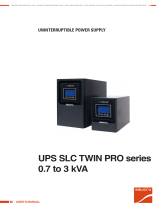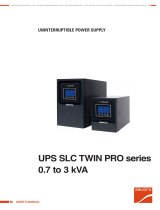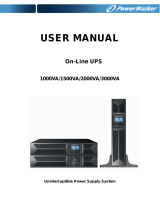
ii
Table of Contents
1 Introduction.................................................................................................................................................... 4
2 Intended use.................................................................................................................................................. 4
3 Delivery contents ........................................................................................................................................... 4
4 Latest product information ............................................................................................................................. 4
5 Description of symbols................................................................................................................................... 5
6 Safety instructions ......................................................................................................................................... 5
6.1 General.............................................................................................................................................. 5
6.2 Handling ............................................................................................................................................ 5
6.3 Operating environment...................................................................................................................... 5
6.4 Charging............................................................................................................................................ 6
6.5 Operation........................................................................................................................................... 6
6.6 Mains cable ....................................................................................................................................... 6
6.7 LED light............................................................................................................................................ 7
6.8 Connected devices............................................................................................................................ 7
7 Product overview ........................................................................................................................................... 8
7.1 Front view.......................................................................................................................................... 8
7.2 Side views ......................................................................................................................................... 9
7.3 Display............................................................................................................................................... 10
8 Getting started ............................................................................................................................................... 11
8.1 Switching on/off................................................................................................................................. 11
8.2 Using the light.................................................................................................................................... 11
9 Charging product battery (Input).................................................................................................................... 12
9.1 Charging via mains supply (230 V/AC) ............................................................................................. 12
9.2 Charging via solar panel.................................................................................................................... 12
9.3 Charging via road vehicle (12/24 V/DC)............................................................................................ 13
10 Powering devices (Output) ............................................................................................................................ 14
10.1 Connecting devices........................................................................................................................... 14
10.2 Powering devices .............................................................................................................................. 14
11 Using as UPS (uninterruptible power supply)................................................................................................ 15
12 Configuring parameters ................................................................................................................................. 16
12.1 Configuring AC output voltage (220/230 V/AC)................................................................................. 16
12.2 Configuring AC output voltage frequency (50/60 Hz)........................................................................ 16
13 Troubleshooting............................................................................................................................................. 17
14 Cleaning......................................................................................................................................................... 18
15 Storage .......................................................................................................................................................... 18
16 Disposal......................................................................................................................................................... 18






















